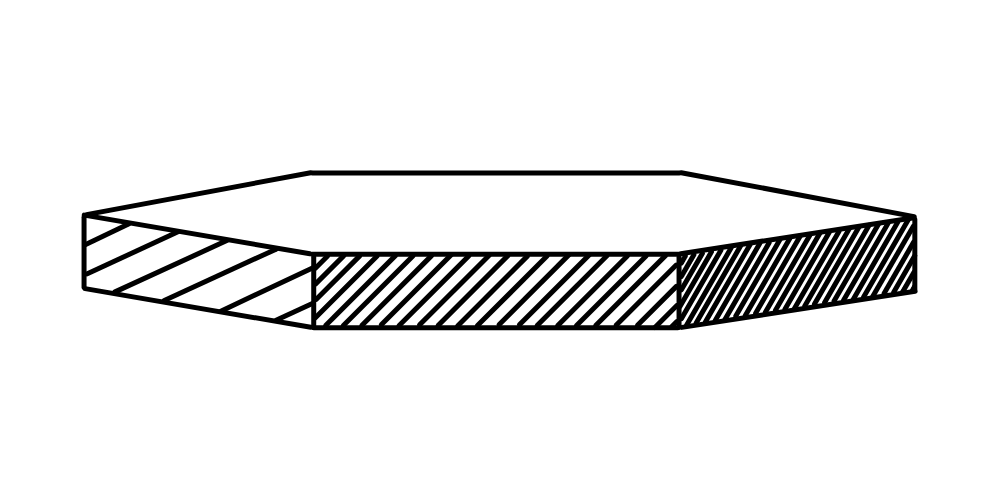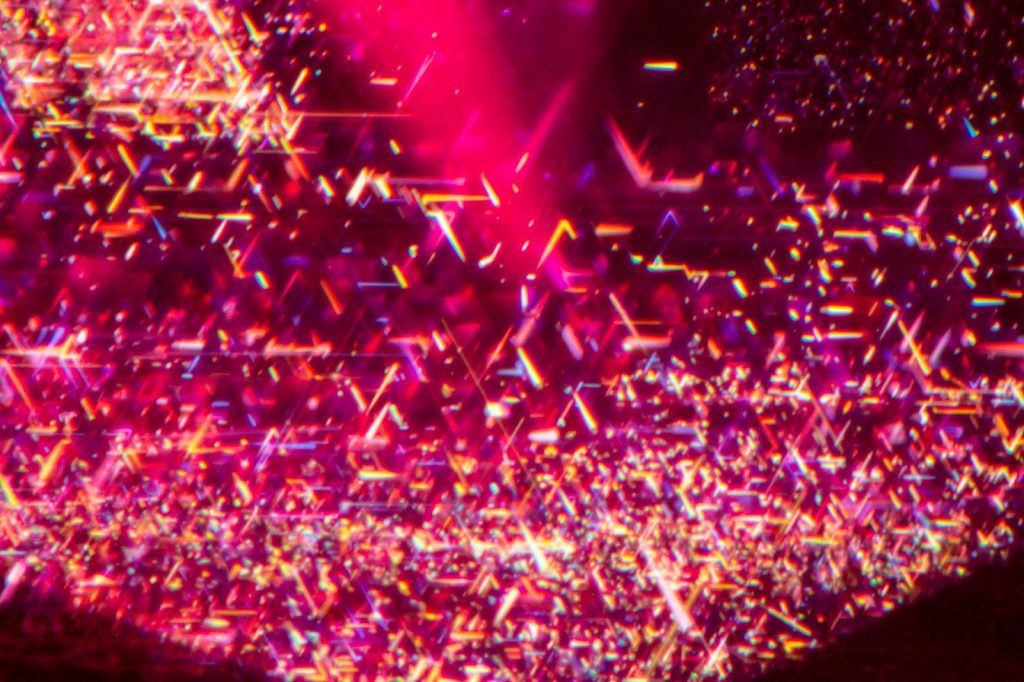Identifying Raw and uncut Ruby
Identifying raw and uncut ruby involves observing several key characteristics that distinguish it from other red or pink minerals. A raw and uncut ruby typically appears as a hexagonal crystal with a deep red to purplish-red color. It often has a glassy to dull luster and may show some transparency or internal inclusions. One of the most reliable ways of identifying raw and uncut ruby is through a scratch test—since ruby ranks 9 on the Mohs scale, it can scratch most other materials except diamond. Additionally, under UV light, many natural rubies fluoresce a bright red, which can further help in identification.

Ideal Shape
It is much easier to tell if a ruby is real when it is raw and uncut, for a variety of reasons. Rubies like to grow in a flat, hexagonal shape. If the uncut gem shows this natural growth characteristic, along with parts of its host rock (marble or alkali basalt) still attached, it is very likely it is a real ruby. Rubies are also very heavy for their size.

Non-Ideal Shape
There can be problems with identifying the raw ruby based only on the growth since they do not always form like this. Nature almost never makes anything uniform, especially gemstones. Most of them form in a super-heated slurry of various elements making inclusions and weirdly shaped rough very common.
Rubies can also show up in places like Sri Lanka as water-worn pebbles, making identification by the original crystal shape nearly impossible. Despite being weathered and broken up over time, they may appear shallow in this form too. Unfortunately, only first-hand experience and general training can aid in a definitive ID of the gem at this point. Thankfully there are other ways of checking the gemstones.
Reviewing Inclusions
An additional way to check is to try and look at inclusions, the stuff that forms inside a ruby. They will often have crystals, with silk and fingerprints being especially common for them. Often the crystal surface will be cloudy, making it difficult to use a loupe and look inside without a window being polished on the surface. This is frequently done by cutters to evaluate how they want to cut rubies and various other gemstones.


Streak Test
One test is called the streak-test, and it is not done to faceted rubies because it is destructive and scratches the polish. For uncut gems where the surface is cut away this is not a problem.

This test only works on gemstones with a hardness of 6 or lower, and involves dragging them across an unglazed, porcelain (white or black) plate. The streak left behind will show what the inherent color of the gem is. If any streak is left behind on a plate by an uncut ruby and not some of the rock material that might still be attached to it, that is not a ruby. Rubies have a hardness of 9, and the plate will only scratch stones with a hardness of 6 or less.
The only way to check harder minerals is to pulverize a piece and smear the powder on the plate. A ruby’s streak would be colorless because their color is caused by trace amounts of chromium. The red color is not an inherent part of its basic chemical structure.
Combine Techniques
Many times ruby buyers and cutters will use a variety of these identification techniques to check gemstones (primarily appearance and inclusions), though highly experienced tradesmen rarely find evidence to contradict their first-impression. Well formed rubies can be verified at a glance, but a buyer should always check a few factors.
Beware large, super-clear rubies, especially if they are cheap. These are certainly synthetic rubies, and any natural ruby rough like that will be extremely expensive and have accompanying papers with one or more accredited gemological laboratories that you can contact and verify. If you are looking for synthetic ruby rough on the other hand, purchase it from
